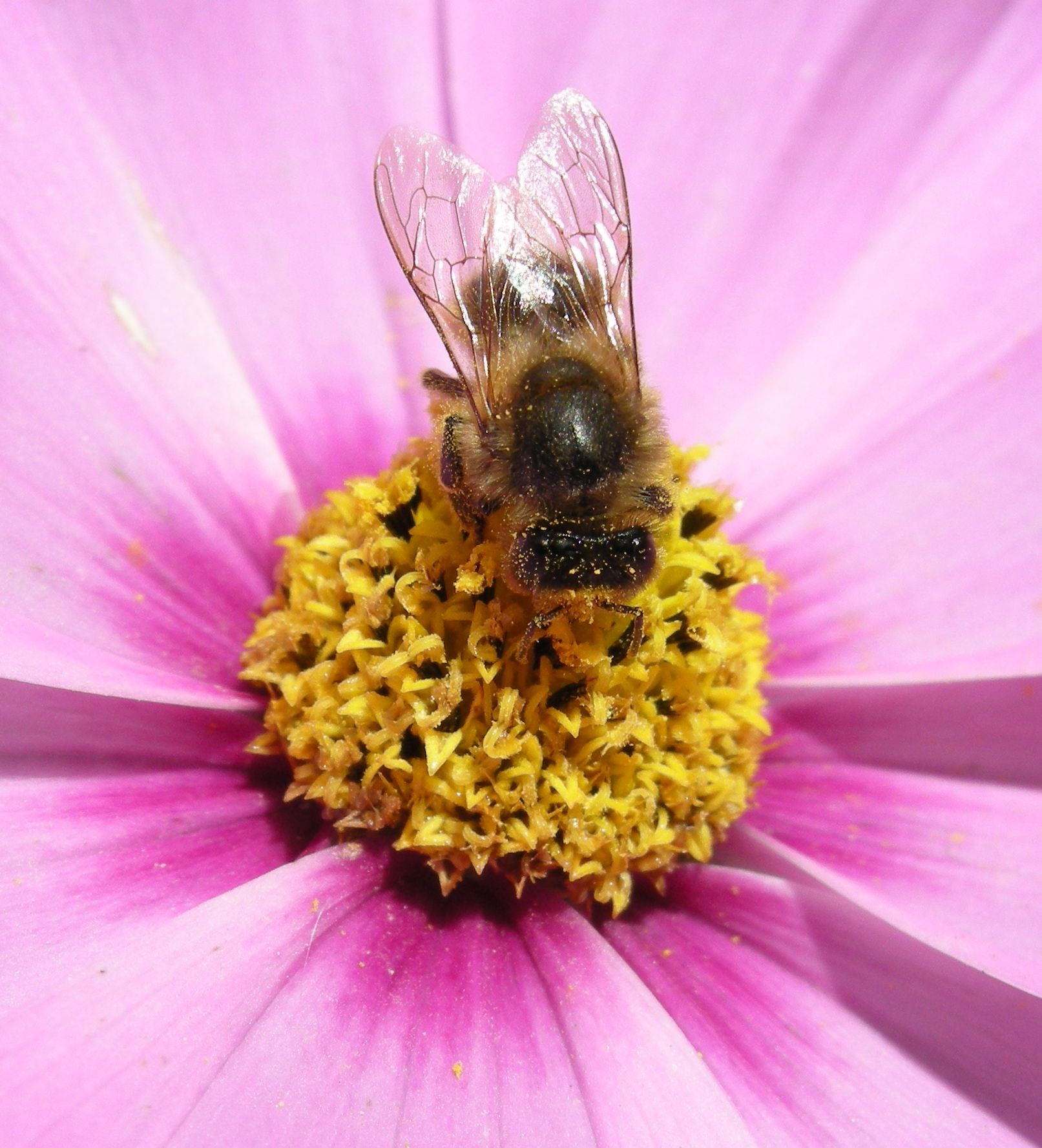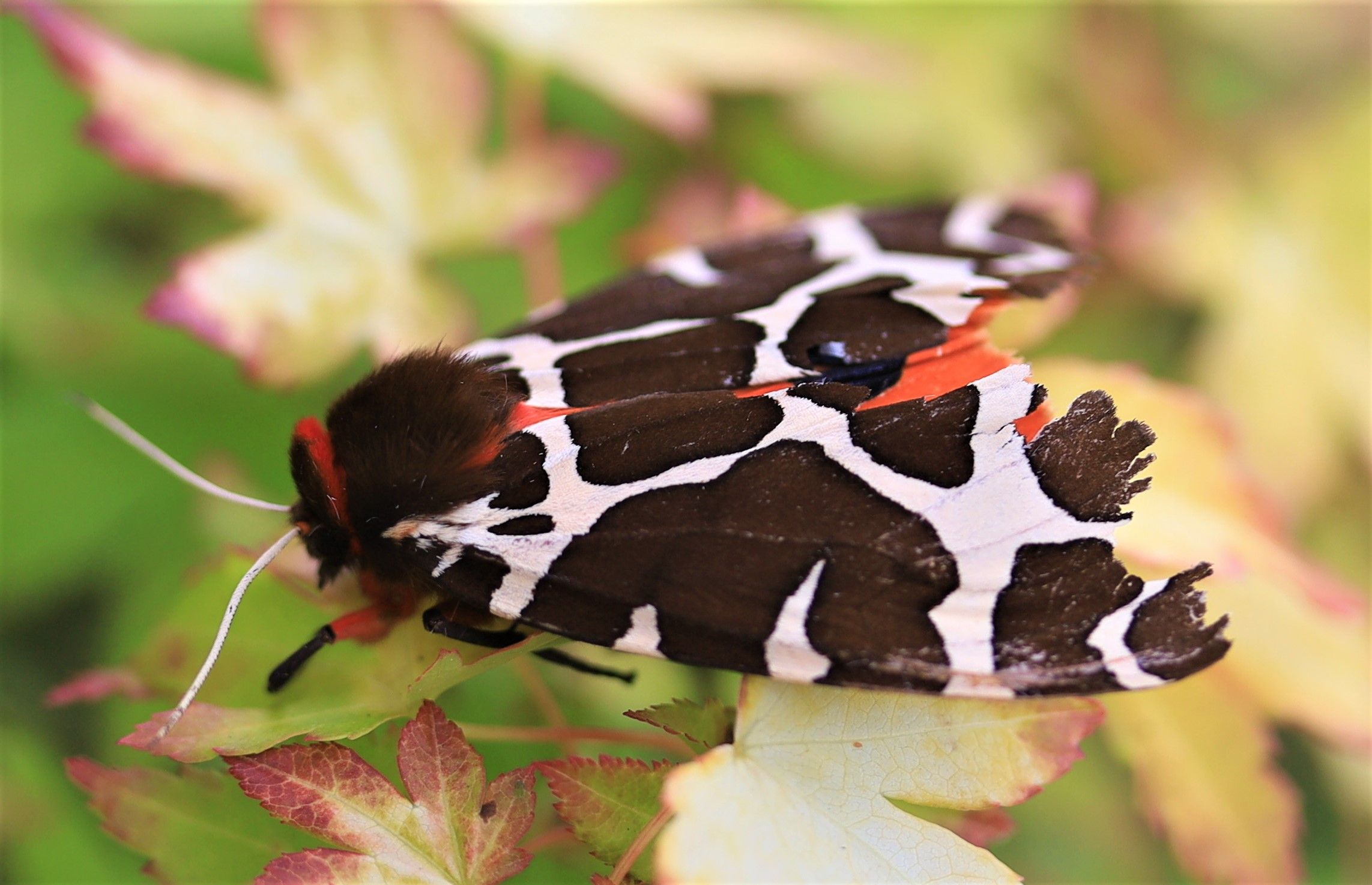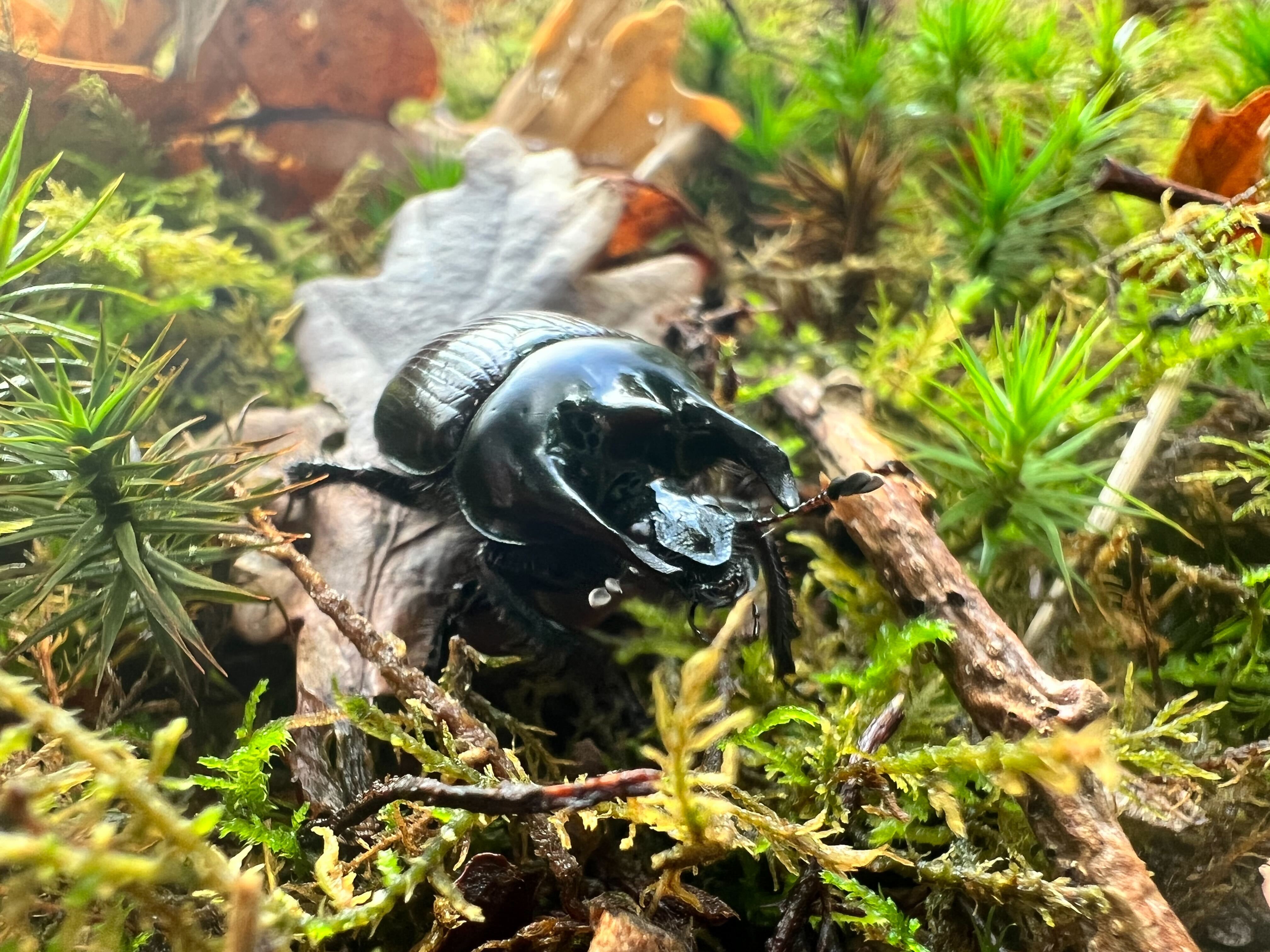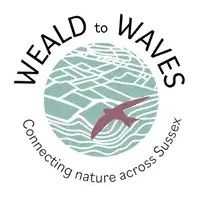Pollinator Highways
By Weald to Waves - 02 May 2024
Pollinator Highways
Pollinating insects play an essential role in maintaining the health of our ecosystems. These tiny tireless workers are crucial for the pollination of many crops and wild plants, helping to ensure biodiversity and the production of fruit and seeds. However, with their populations in decline due to habitat loss, pesticide use, and disease, creating pollinator havens is more important than ever. Here’s how you can contribute to supporting these vital members of our ecological community by developing habitats that attract and sustain them.
Choosing the Right Plants
The first step in creating a pollinator-friendly garden is to select plants that provide nectar and pollen sources throughout the growing season. Early spring flowers like crocuses, bluebells, dandelions and borage provide an early food source after winter. Summer blooms such as lavender, foxgloves, and buttercup continue the supply, while late bloomers help sustain bees into the autumn. Planting native species is particularly beneficial as these plants have evolved along with local pollinators and are often well-suited to the climate and soil conditions of the area.
Avoiding Pesticides
Pesticides can be harmful to bees and other pollinators, even at low levels. To support a healthy pollinator population, it’s crucial to avoid chemical treatments. Opt for natural pest control methods and consider integrating pest-resistant plant varieties which can thrive without chemical aids.
Providing Shelter
Pollinators need safe places to nest and overwinter. Leaving some areas of your garden wild can offer perfect spots for bees and butterflies to hide and breed. You can also install bee hotels, which are especially helpful for solitary bee species that don’t live in hives but in individual nesting tubes.
Ensuring Water Availability
Like all creatures, pollinators need water to survive. A shallow water source, such as a bird bath, can provide bees and butterflies with the moisture they need, especially during hot weather.
Connecting Habitats
Creating a “pollinator pathway” can significantly enhance the effectiveness of individual gardens. By coordinating with neighbours to create continuous areas of pollinator-friendly habitats, you ensure greater areas for these animals to thrive, enhancing their chances for survival and effective pollination across a larger area. Even a window box, hanging basket or well-planted pot (around 30cm X 30cm or larger is ideal) on a doorstep can be an essential part of the pathway.
Educating and Sharing
Sharing knowledge and experiences about creating pollinator-friendly spaces can inspire others to join in. Whether through community workshops, school projects, or social media, spreading the word increases awareness and participation, which can lead to larger, interconnected pollinator networks.
By transforming spaces from Weald to Waves into refuges for pollinators, we not only aid in the preservation of these crucial species but also contribute to the health of our local environments. Such initiatives ensure that pollinators continue to thrive, supporting our agricultural lands and natural landscapes for years to come.
PlantLife’s Beelines: Making a buzz in the South Downs
One innovative project making a significant impact in this area is PlantLife’s Bee Lines initiative. This pioneering effort was instrumental in mapping the pollinator paths that helped chart the Weald to Waves route map. It has been a guiding force for work across our partnerships too. Working with landowners, the South Downs National Park has been working with the BeeLines initiative over the past three years to create new wildflower corridors to connect pockets of species-rich chalk grassland. The iconic chalk grasslands, once prevalent but now reduced to just 4% of the National Park, are crucial for supporting a variety of pollinators including bees and the Adonis blue butterfly. By funding and offering guidance to communities planting native, locally-sourced flowering plants, the project has not only created new pools for pollinators’ food needs throughout the season but also facilitates their movement across fragmented landscapes by creating ecological ‘stepping stones’.
What might I see? British gardens can attract a diverse array of pollinators. Here's a list of some common British pollinators that you might find visiting your garden:
1. Honeybee (Apis mellifera) - Perhaps the most well-known of all bee species, honeybees are crucial for pollination. (Image credit: Nick Goodrum / CC BY 2.0 DEED)

2. Bumblebees (Bombus spp.) - Various species such as the Buff-tailed bumblebee and the Red-tailed bumblebee are common in UK gardens (Image credit: Libby Drew).

3. Solitary bees - This group includes species like the Red mason bee, Leafcutter bees, and Mining bees, which are excellent pollinators (Image credit: Libby Drew).

4. Hoverflies (Syrphidae) - With their bee-like appearance, hoverflies are significant pollinators and also help control aphids (Image credit: Syrphus ribesii / Alan Shearman / CC BY 2.0 DEED).

5. Butterflies - Common garden visitors include the Red admiral, Peacock, Small Tortoiseshell, and Brimstone butterflies (Image credit: Libby Drew).

6. Moths - Many moths, such as the Hummingbird Hawk-moth and the Garden Tiger moth, pollinate plants during their nocturnal activities (Image credit: Nick Goodrum / CC BY 2.0 DEED).

7. Beetles - Certain beetles also pollinate flowers while feeding on pollen and nectar (Image credit: Libby Drew).

8. Wasps - Although not typically loved, wasps do participate in pollination while they visit flowers for nectar (Image credit: Vespula vulgaris, / gailhampshire / CC BY 2.0 DEED).

9. Ladybirds (Ladybugs) - While primarily known as predators of pests, they can incidentally pollinate plants as they move from flower to flower (Image credit: Coccinella septempunctata, / bluefootedbooby / CC BY 2.0 DEED).


